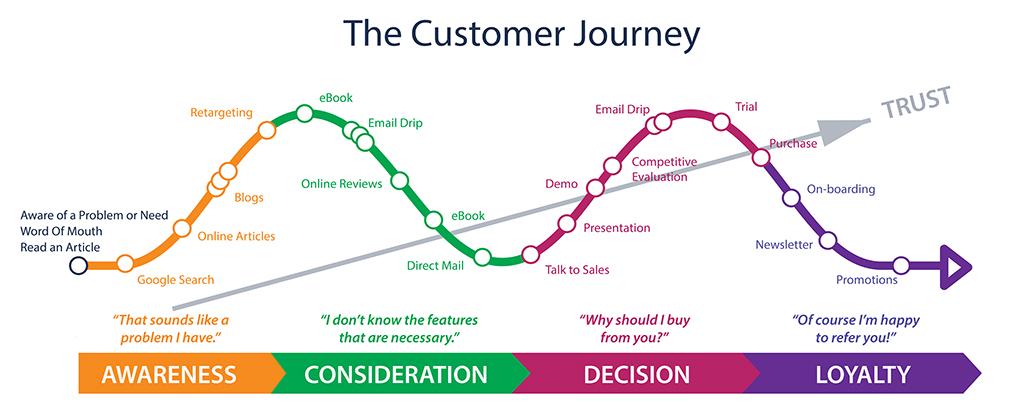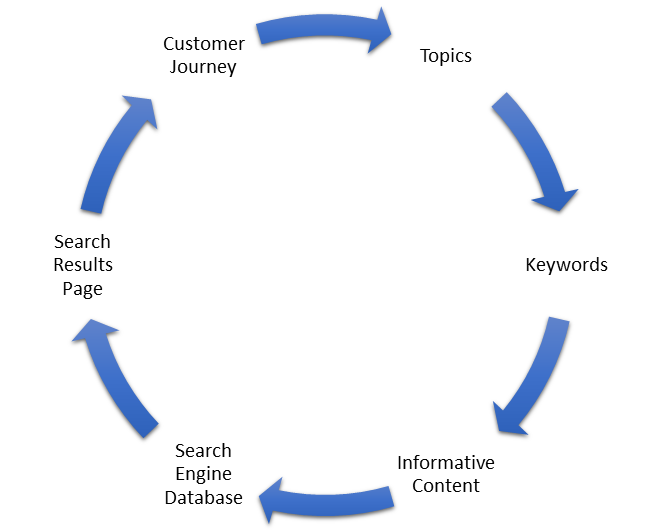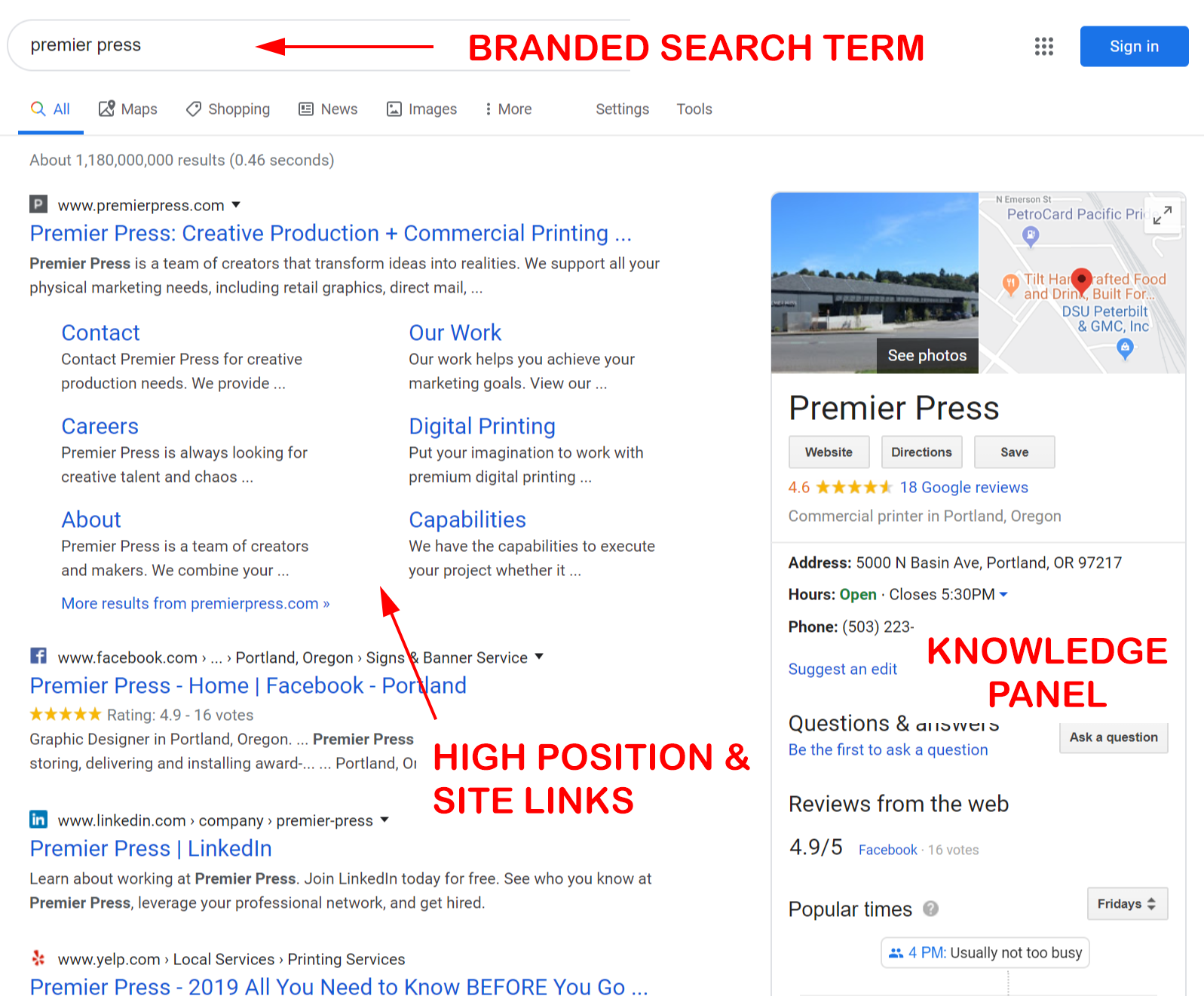A strong awareness of SEO best practices can elevate your content strategy

Content marketing and search engine optimization (SEO) are modern marketing disciplines that combine to help you get new customers. Though separate disciplines, the two are closely related and work together to drive traffic to your website.
This piece will give you a broad understanding of both content marketing and SEO and then give you a deeper understanding of how to build a content marketing strategy that incorporates SEO best practices.
What are content marketing and SEO?
"Content marketing is a strategic marketing approach focused on creating and distributing valuable, relevant, and consistent content to attract and retain a clearly defined audience—and, ultimately, to drive profitable customer action."
Successful content marketing requires:
A deep familiarity with your audience
A defined journey that a prospect takes to become a customer
A clear list of which topics to write about
An understanding of the terminology that your audience uses
Good design and quality writing
"SEO stands for search engine optimization. [SEO] is the process of getting traffic from the “free,” “organic,” “editorial” or “natural” search results on search engines."
SEO consists of:
Ensuring a website and pages are structured to be understood by search engines
Registering web sites and content with search engines
Working with content marketers to determine which topics and keywords to use
Ensuring social media and industry directory profiles are implemented and accurate
Develop content targeted toward every stage of the customer journey
Content marketing done correctly means that there is a precise purpose and defined audience for every piece of content that is created so that it aligns with a stage of the customer journey.

A sample customer journey and the content planned for each stage (Source)
Content comes in many forms that support different goals. Two primary categories of marketing content are informative content and direct response content.
Informative content is created with a journalistic approach and requires a deep understanding of the subject matter. Informative content includes blog posts, e-books, email newsletters, articles, and most web pages on a website. The goal is to create awareness of your brand and keep it top-of-mind, instill trust in your brand, and educate readers so they can make informed decisions. This type of content aligns with the beginning stages of a customer's journey.
Direct response content is generally shorter and has a goal for the reader to take a very specific action. Behavior-based triggered emails, advertising copy, landing page copy, direct mail, and sales emails are all direct response content. The goal of direct response content is to nudge the prospect further along the journey towards becoming a customer.
Incorporate SEO keyword research during content ideation and topic selection
Topics are created as the customer journey is mapped out. Each topic should be supported by one or more pieces of content. Since people like to consume content differently, a single topic might be covered by a blog post, an emailed PDF, or a video.

The content ideation workflow
Keywords are chosen for each topic based on customer vernacular and where they are in the search process. This article on search intent from Ahrefs provides information on how search terms can help determine where someone is in the customer journey.
Once the content is published on your website, it can be crawled by the search engine and added to its database. This can be almost immediate or can take several weeks depending on how frequently the search engine crawls your website.
Once your content appears in search results pages, a click from a prospective customer starts or continues their customer journey.
Monitor the effectiveness of this process by tracking search terms and how high your site appears on search engine result pages (SERPs). You can also use an SEO tool such as Google Analytics.
Include your SEO and keyword research in your metadata
A webpage consists of the content that is visible to both the page visitor and search engines, and other content that is analyzed by the search engine and not always displayed in the browser.
The visible content on a page is scanned and read by the webpage visitor as well as the search engine crawler—page title, headings, paragraphs, tables, bullet lists, and images. To be useful, a webpage must consist of quality content that is easy to read.
This visible content is obviously important content that search engines use to catalog a web page. What isn’t so obvious is the important role that metadata content plays. This behind-the-scenes data includes:
The page URL
Page meta description
Image tag
Image filename
The page URL is visible in the address bar but most website visitors don’t pay attention to it. The URL should be human-readable and provide information on what the page is about.
The meta description is a description of the web page that is in the page HTML but is not displayed in the browser. It is a summary of what the page is about, providing more clues for the search engine, and is sometimes displayed in search engine results.
Image ALT tags give search engines a description for any images in your content. They are also used by automated readers that make the information on the page accessible to visually impaired visitors.
A logically named image file name provides additional information on what the image, and by extension, what the entire page is about.
To optimize search results, this metadata needs to be consistent with the visible content.
SEO direct response
Combined, the page title, URL, and meta description create a direct response call to action on the search results page.

If your webpages do not have metadata, the search engine selects text on your page that the algorithms believe matches search intent. Often it is the first few lines of text on the page and is not likely optimized to compel the desired click.
Do you even need SEO?
This question needs to be asked but rarely is.
Creating content and analyzing SEO performance can take a lot of time and resources that could also be used for other marketing activities. There are never enough resources or budget to do everything.
Modern search engines measure the overall user experience and quality of the page. This user experience consists of:
Quality content
Readability on all sizes of devices
Responsive page load speed
Today, quality SEO is synonymous with quality user experience.
The question isn’t whether you need to pay attention to SEO. The question is how many resources you need to put to SEO.
The answer to this depends on how future customers become aware of your company and your offerings. If you rely on search traffic in the awareness stage of the customer journey, then SEO is very important to your future revenue.
If customers become aware of you from word-of-mouth referrals, industry trade magazines or trade shows, or outbound sales efforts, then SEO does not need to be a large part of your budget. You just need to ensure:
Your website user experience is good
You show up well in branded searches

A Google search engine results page for a brand name
When future customers are referred to you, they’ll typically do a branded search, which is searching for your company name, to learn a bit about you before reaching out. While they’ve already jumped into the consideration phase of their journey, they still need to develop trust.
A good appearance on the branded search page and an informative, even if basic, website will go a long way to develop trust and help the website visitor along their customer journey.
Thinking about hiring a full service digital agency for your business needs? Browse our list of top full service digital agencies and learn more about their features in our hiring guide.
What to read next
By now, you have a strong understanding of how to incorporate SEO into your content. But SEO is only one facet of the larger content marketing mechanism.